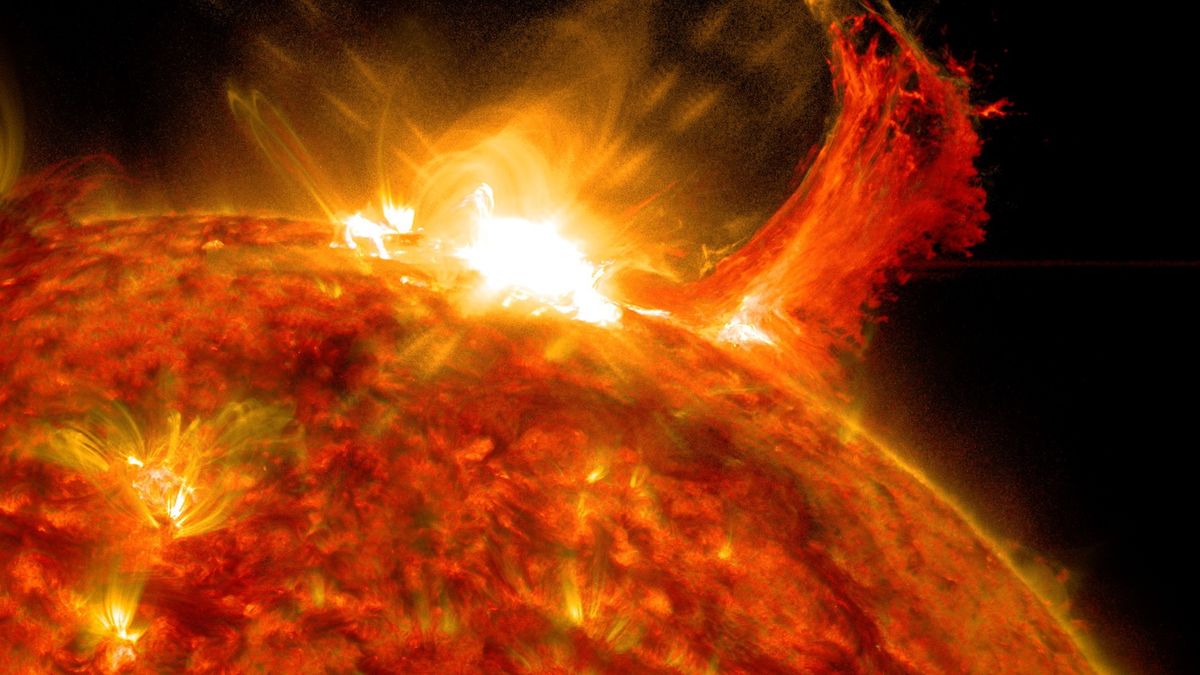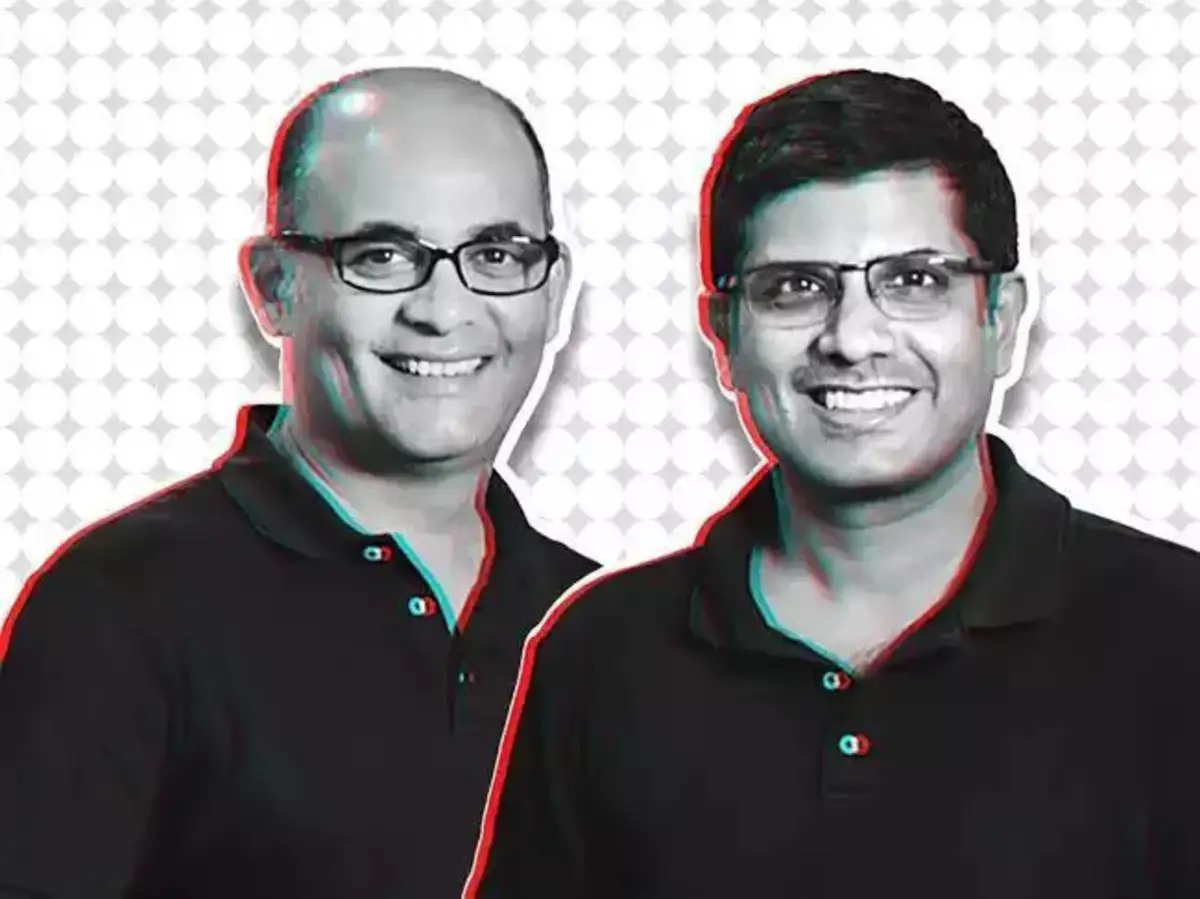PROTECT YOUR DNA WITH QUANTUM TECHNOLOGY
Orgo-Life the new way to the future Advertising by AdpathwayA nationwide rollout is reportedly targeted for March 31, 2026.
30 Oct 2025, 11:45 AM IST i 30 Oct 2025, 11:45 AM IST 30 Oct 2025, 11:45 AM IST

The Department of Telecommunications has directed telecom operators to launch pilot testing of a feature that displays the caller’s registered name on incoming calls. (Source: Pexels)
Summary is AI Generated. Newsroom Reviewed
Dealing with bothersome spam calls might become easier for users in 2026. The Department of Telecommunications has reportedly directed telecom operators to launch pilot testing of the Calling Name Presentation (CNAP) feature, which displays the caller’s registered name on incoming calls.
A nationwide rollout is targeted for March 31, 2026, according to a PTI report.
Truecaller-Like Caller ID Backed By Caller Identity
The service will be similar to third-party apps like Truecaller. However, unlike apps such as Truecaller, CNAP will deliver caller information authenticated by telecom operators. This will further be supported by official KYCidentity documents that are required to purchase SIM cards for phones. The entire process is expected to significantly reduce false identifications.
The Telecom Regulatory Authority of India supports the telecom department’s stance that CNAP should be enabled by default, showing the caller’s KYC-verified name as registered with the SIM provider. TRAI expects CNAP to curb spam, fraudulent calls, and cybercrimes, including financial scams and digital arrest frauds.
Vodafone Idea has reportedly already started CNAP trials in Haryana, while Jio will soon begin pilots in the state for calls originating from anywhere in India. The telecom department is pressing for accelerated full-scale deployment, which could come as early as March 2026.
According to earlier reports, the feature will initially roll out only on 4G and 5G networks, with handset manufacturers likely receiving a deadline to enable support. Additionally, 2G users — estimated at over 200 million — will be excluded until successful implementation, requiring them to upgrade their networks to 4G or 5G.
TRAI first recommended CNAP in February 2024, proposing opt-in activation for recipients. The telecom department, however, mandated default activation, allowing users to opt out if they prefer not to display or view caller names.
Microsoft 365, Azure Services Improving After Global Outage Affecting Aviation, Telecom



















 English (US) ·
English (US) ·  French (CA) ·
French (CA) ·  French (FR) ·
French (FR) ·